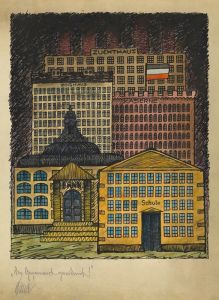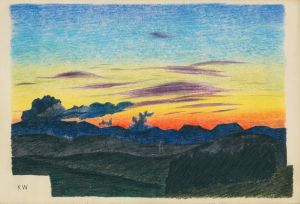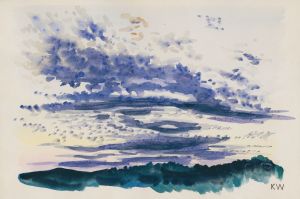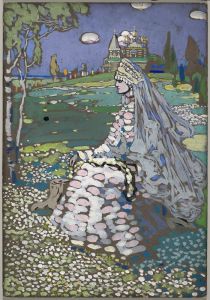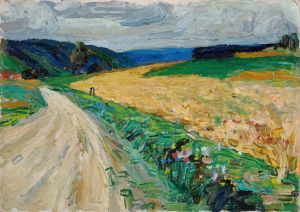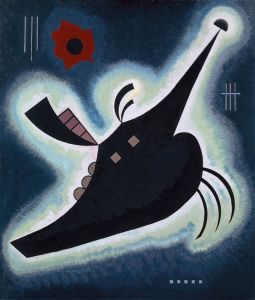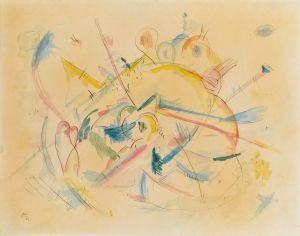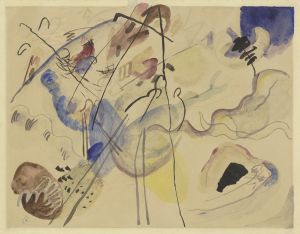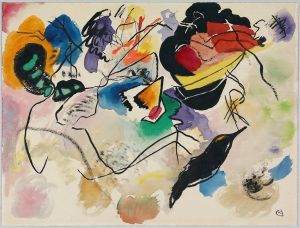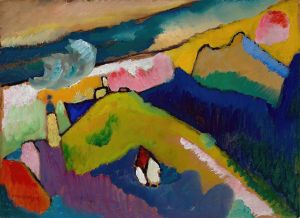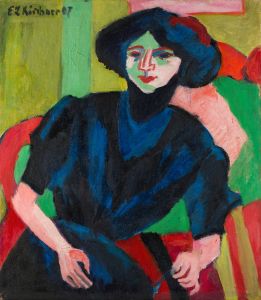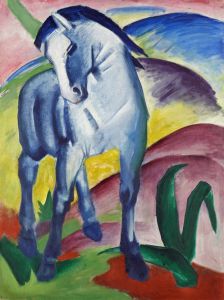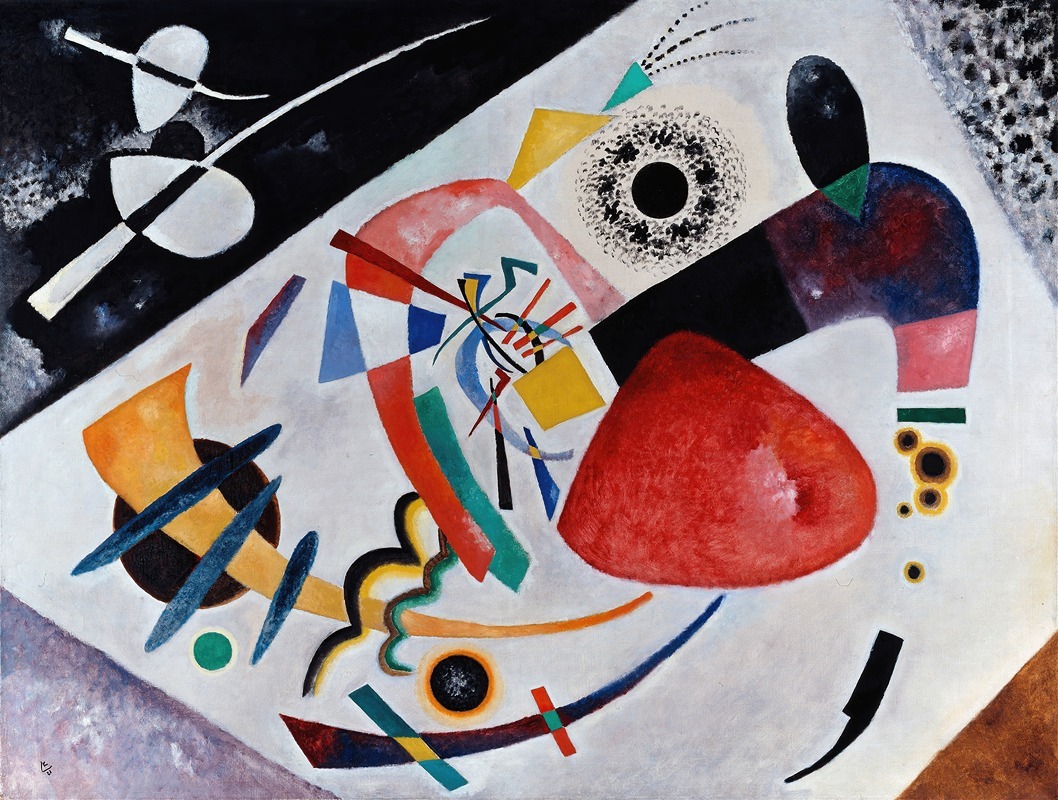
Red Spot II
A hand-painted replica of Wassily Kandinsky’s masterpiece Red Spot II, meticulously crafted by professional artists to capture the true essence of the original. Each piece is created with museum-quality canvas and rare mineral pigments, carefully painted by experienced artists with delicate brushstrokes and rich, layered colors to perfectly recreate the texture of the original artwork. Unlike machine-printed reproductions, this hand-painted version brings the painting to life, infused with the artist’s emotions and skill in every stroke. Whether for personal collection or home decoration, it instantly elevates the artistic atmosphere of any space.
Wassily Kandinsky, a pioneering figure in abstract art, created "Red Spot II" in 1921. Kandinsky, born in Moscow in 1866, is often credited with painting one of the first purely abstract works. His contributions to the art world are significant, as he explored the relationship between color and form to evoke emotional responses.
"Red Spot II" is a quintessential example of Kandinsky's abstract style. The painting features a dynamic composition with bold colors and geometric shapes. The central element of the artwork is a prominent red spot, which draws the viewer's attention and serves as a focal point. Surrounding this red spot are various other shapes and lines, creating a sense of movement and rhythm within the composition.
Kandinsky's use of color in "Red Spot II" is particularly noteworthy. He believed that colors had intrinsic spiritual and emotional values, and he used them to convey different feelings and ideas. The red spot in the painting, for instance, might be interpreted as a symbol of energy, passion, or intensity. The other colors in the painting, such as blues, yellows, and greens, interact with the red spot to create a harmonious yet dynamic visual experience.
The geometric shapes in "Red Spot II" are also significant. Kandinsky often used shapes like circles, triangles, and lines to construct his compositions. These shapes were not merely decorative but were intended to represent deeper spiritual and emotional truths. In "Red Spot II," the interplay of these shapes creates a sense of balance and tension, reflecting Kandinsky's interest in the spiritual and emotional potential of abstract art.
Kandinsky's work was heavily influenced by his theoretical writings on art. In his book "Concerning the Spiritual in Art," published in 1911, he outlined his ideas about the spiritual and emotional power of abstract art. He argued that art should transcend mere representation and should instead evoke deeper emotional and spiritual responses. "Red Spot II" embodies these principles, as it moves away from representational forms and instead uses color and shape to evoke a more profound, non-verbal experience.
"Red Spot II" was created during a period of significant change in Kandinsky's life. In 1921, he moved to Germany to teach at the Bauhaus, a revolutionary art school that combined crafts and fine arts. His time at the Bauhaus was highly productive, and he continued to develop his theories and practice of abstract art. The influence of the Bauhaus's emphasis on geometric forms and the integration of art and design can be seen in "Red Spot II."
Today, "Red Spot II" is considered an important work in the history of abstract art. It exemplifies Kandinsky's innovative approach to color and form and his belief in the spiritual potential of art. The painting is held in high regard by art historians and continues to be studied and admired for its contribution to the development of abstract art in the 20th century.





